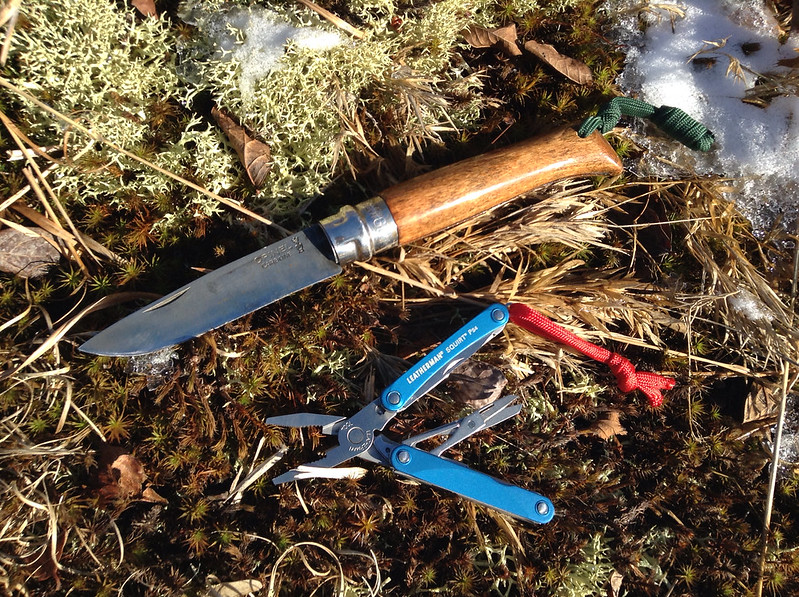- Joined
- May 19, 2007
- Messages
- 7,745
One thing to keep in mind, and I feel like you've been kind of going in that direction, is that when the call comes to evacuate, you have seconds. If its at night, you have seconds in which you are not yet awake. What's going to get grabbed first? the purse. a second bag that is going to be stuffed under the bed, or in the back of a closet is going to be overlooked.
Dorms have false alarms all the time, and the real struggle is not to get complaisant. I lived in industrial camps, think college dorms that are supposed to be dry, (of course they are not) and are complete fire traps. the third time the smoke alarms went off at 0100 in a week, almost no one left the building to the muster point. We all caught hell for it, but the reality is, earplugs and sleep over-ride self preservation very quickly.
Its worth owning all the good stuff for when you are planning on leaving, but I think its more important to get used to carrying what you need to get by for a couple days. besides, never know when an adventure is going to happen!
Dorms have false alarms all the time, and the real struggle is not to get complaisant. I lived in industrial camps, think college dorms that are supposed to be dry, (of course they are not) and are complete fire traps. the third time the smoke alarms went off at 0100 in a week, almost no one left the building to the muster point. We all caught hell for it, but the reality is, earplugs and sleep over-ride self preservation very quickly.
Its worth owning all the good stuff for when you are planning on leaving, but I think its more important to get used to carrying what you need to get by for a couple days. besides, never know when an adventure is going to happen!



